The Circle dance network is about the legacy of women of Africa: Choreographer Gladys Agulhas
By Edward Tsumele
The arts sector is one of the most adaptable sectors that is resilient and can adapt to any environmental changes with ease. One such an example is the formation of the Circle Network, which connects choreographers and dancers on the African continent with their African Diaspora counterparts. And all this was remarkably achieved in the middle of a global pandemic, and its programmes are encouragingly thriving, even in the face of Covid-19 limitations.
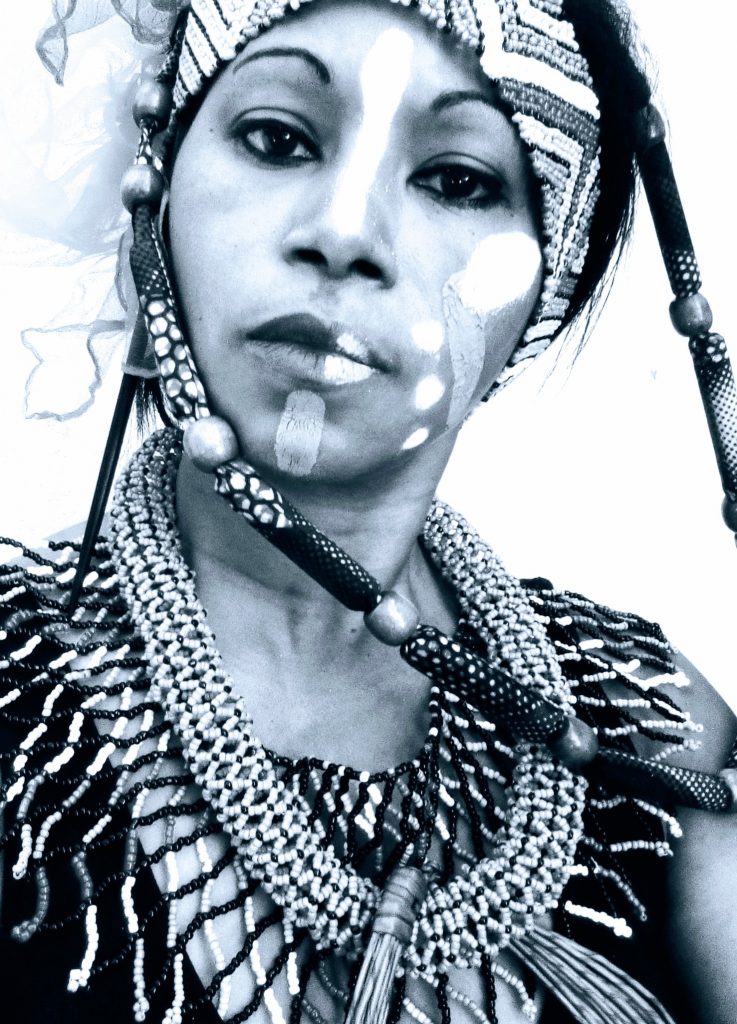
This network recently appointed one of the most revered choreographers on the African continent, Gaby Saranouffias director of this network together with the dancer/choreographer from Togo Nadège Amétogbé. The direction is for three months, after which another two directors will be appointed to the hot sit for another three months.
As a way of background, this network’s genesis is as inspirational as its dance pprogramming. The network was created during the beginning of the pandemic. It runs for six months with always two directors who lead the project for three months at a time.

The first directors of the CIRCLE were Patrick Acogny from Senegal and Salia Sanou from Burkina Faso.. The second set of directors were Georges Momboye from Ivory Coast and Latif Ogoula from Gabon. And now from February till April it it Saranouffi and Nadège. And so far the project has had impressive projects that garnered a huge following, with a Facebook membership that keeps on ballooning.
“The aim and objectives of the CIRCLE is to establish a strong network between African artists within the continent and the African Diaspora; by getting to know each other,, sharing ideas and reflections, supporting each other, especially during this trying time of Covid-19, and also to have a voice together as African artists, strengthening the solidarity regarding the arts industry on the continent.
During our time of coordinating the artistic programme of the CIRCLE, Nadège and I are interested in putting forward African women choreographer/dancersin the dance industry by celebrating and getting to know them; and also getting to know manin the industry. One of the angles of our programme is “Stitching The Gap Between the Old and The Young Generation” by offering a chance for an online residency creation between two artists that is dancers and choreographers, whereby the old generation will be coaching the young generation trough a dance piece of 5 – 7 minute work that will be presented during the event of the CIRCLE network.
Gladys Agulhas




For our program this month, Gladys Agulhas from South Africa is mentoring the young dancer and choreographer from Madagascar Judith Manantenasoa. The online residency has already begun with an interesting artistic exchange between both artists.
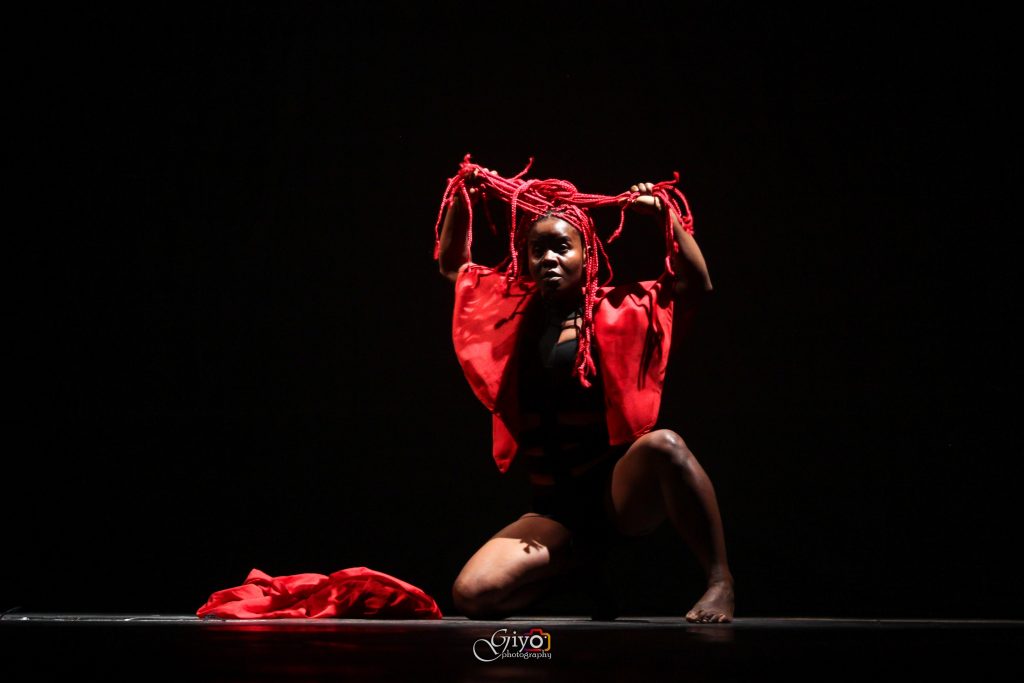
The event of this month will be on the 26 February 2021 at 7:00pm South African Time. Everyone is welcome to meet our guests as we have “100% Feminine program with strong women from the continent, such as: Germaine Acogny (founder of the prestigious Ecole des Sable from Senegal) and many more. The zoom link will be communicated through the social network of the Circle :Le Cercle / Réseau International des Chorégraphes Danseurs Afrique et Diaspora,” explains Saranouffi.
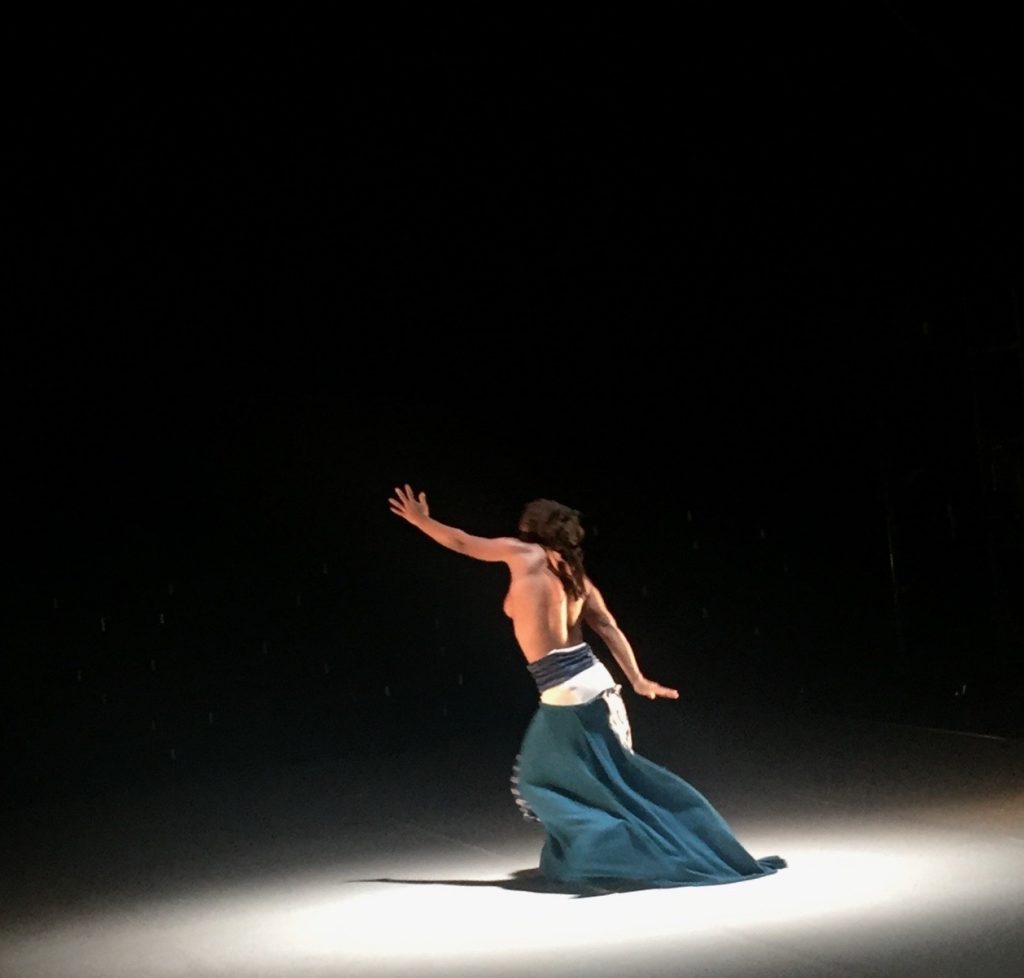
And indeed this network is making a great impact on Africa and its Diaspora’s arts scene in general, and the dance landscape in particular as this exclusive and fascinating interview I had this week with multi-award winning South African choreographer Gladys Agulhas illustrates.
ET: You have been long in the dance sector as both a dancer and choreographer in South Africa. Where do you think dance is currently at in South Africa with regards to support as well as the development of the skills. In other words is the level of skill, support and development progressing or retrogressing?
GA:Yes, I have been around. I think that the dance Industry has been one of the most resilient sectors, it has it pockets of revival and pockets of quietness but is and has always been on the go no matter what we may encounter. We cannot run away from the fact that it’s a sector that majority depends on some kind of funding from government or other financial institutes but there is some organisation that has found a way the operate like a business selling their work , which makes them less dependent on these structures. Presently this industry finds itself once again at the lowest and most vulnerable point, in need of urgent assistance for its practitioners, but this request sadly falls on deaf ears in our government structures with their own fatal agendas.
The matter concerning skills training organisations some had to down scale and only function accordingly to their capability ,most organisations had to totally shutdown due to lack of operational cost, and thus so many artists find themselves stranded. I can say that the level of skills development and support has had a hard knock but I can gladly say that people within the arts do not easily give the towel in. Development is still happening not like before but on a different plain.
This pandemic has also created a new opportunity chapter for those who are able to tap into this new venture of virtual teaching and exploration and a new economy drive. Dance is still alive and kicking not perhaps as what we are used to but it is driven by the passion of the dance makers and artists in a completely different and unique way. Dance practitioners are also finding new collaborations and through this pandemic, people are drawn together to start thinking and operating in unity for the development of younger generations and to leave a carbon footprint of the history of Dance.
ET:.People often sometimes wonder what a day for a choreographer looks like? How have you been doing as a choreographer in the past few years? I personally know that at some stage, especially in the 1990s you were pretty busy on the dance scene, and therefore been wondering what you have been up to in the last few years? Have you been busy and with what kind of projects If so?
Day for a choreographer is a day like any other working person, Depending on what you are working on for example, Solo work – you have your concept , you do your research on the concept, make time in the studio. To start ,your day you would always be a warm -up , and then you explore your concept idea ,through improvisation ( this means explore dance movement for the concept continues repetition of a movement , or create new ones, keep some by notation and memory, start again afresh. (with or without music). ,You perhaps have an idea of your music and costume , lighting design, props if you going that way. And day to day you explore, memorize ,notate and move on until your final product. ( For group work you might use the same skeleton it might vary, and when you work in collaboration the skeleton might also change)
In my journey of dance and choreography, I found there was a lack of skills training especially in the training of dancers with diverse abilities how do we intergrade ones class , studio or Company , I find myself leaning towards this gap in our society and dance communities and companies .I have made a concrete decision to focus on Inclusive skills training and development within the dance Industry and in all areas starting from dance training, teacher training, choreographic exploration, to Inclusive theatre practices as well as corporate and social inclusion of persons with diverse abilities. I have been working locally and abroad and not just specifically on choreography but also in the mentorship of up and coming young female choreographers and dance makers, imparting the knowledge and understanding to be open , accessible and inclusive in all areas of their lives, using the philosophy of Inclusivity and dance as the mechanism of reconciliation for equality and human rights practices
.I was involved in teacher training programmes for the following organizations: Moving into Dance Mophatong, Forgotten Angle Theatre Collaborative which is based in Mpumalanga,and Vuyani Dance Theatre Company among others,
ET: . You are currently working with a young dancer and choreographer Judith Manantenasoa, which should come with its own challenges, such as your different cultural backgrounds between mentor and mentee, old generation and new generation dynamics and in this collaboration, how did you mitigate against these challenges?
GA: I don’t see this as a challenge I see this a great opportunity to engage with a younger generation. For me I see the challenges as a new opportunity and new plains to venture. I did not find any obstacles working with Judith, because both our language and passion is dance and choreography. There is not much obstacle but only ears to hear , and to listen with understanding and if questions arise we talk about this but at the end of the day Judith is the choreographer and I believe she has the final say and choice.I can only advise ,guide and allow her to take the ultimate decision. I have worked with a lot of young people different cultures, different styles, so much more different them me. Through these encounters I have learned from them when , and how to deal with them so I am most humble to work with anyone that has an open heart to work with me. And so this makes it much easier for people to work together. It is a sheer pleasure to work with such a talented young woman like Judith .
ET:. Both of you, mentor and mentee, are not able to meet in the person due to COVID-19, but I guess you are able to use the new technologies, such as Zoom to work. How do you find this new experience of working in the times of the pandemic?
GA: Yes, this is a new avenue we are working,but as an artist, this is like exploring a new choreographic idea. For creative people it is so easy to adjust to new things. Our work gives us the opportunity to adapt , adjust to whatever is thrown at us. Yes, we cannot interact physically.
ET:. How important are collaborations and networks across continents (Diaspora) and intra-Africa) as envisaged by the CIRCLE network, particularly when it comes to the development of a dance language that connects people beyond the limitations of cultural differences?
GA: Our world has changed. We are a global family but in dance or let me say the arts Industry, all these collaborations are not foreign to us. International and continental collaborations have been the norm for us as artist or dance practitioners These collaborations are vitaly important for humanity. For each country (how can we do business with each other if we don’t understand each other so dance is always in the forefront to introduce people ,cultures ) and for our communities( it the voice of communities whether to make political or social statements) it humble us.
We learn to treat each other with compassion. We learn to respect and accept each other as fellow artists ,sharing the same struggles but in a different country and forma. We also learn to tolerate each other as different cultures.
The collaborations t teach us to respect each other’s opinions. And for this and so many other reasons, these collaborations are important.
This particular collaboration is especially vital because it also is now going to connect the next generation with each other through this collaboration and this will also put a carbon print of the importance of Black female Artists , their voice , their rights, their stance in humanity for humanity, their fellowship as sister and companionship amongst fellow African women in the arts.
Ultimately, this collaboration is about recognizing, the acknowledgment and the legacy of the women of Africa ,the impact they are making and have been making across the globe. It is time for us to acknowledge each other first, then pass this on to these young women we work with. It is about recognising and acknowledging that we have the power within us to make our world better, ,starting here at home, here in Africa.



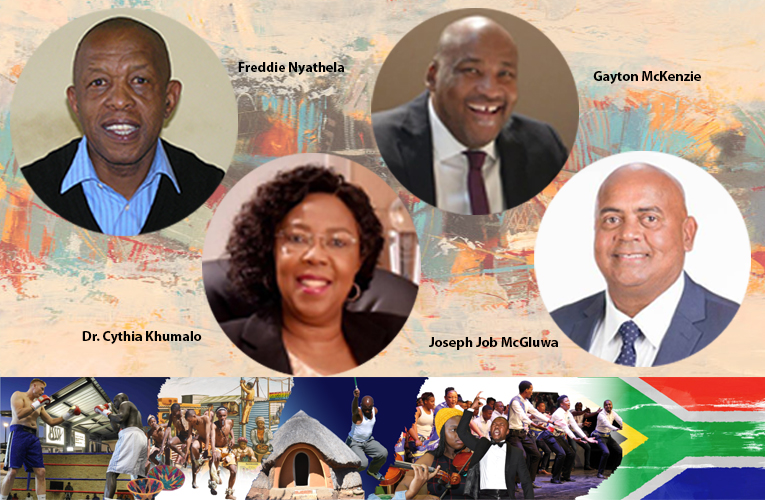
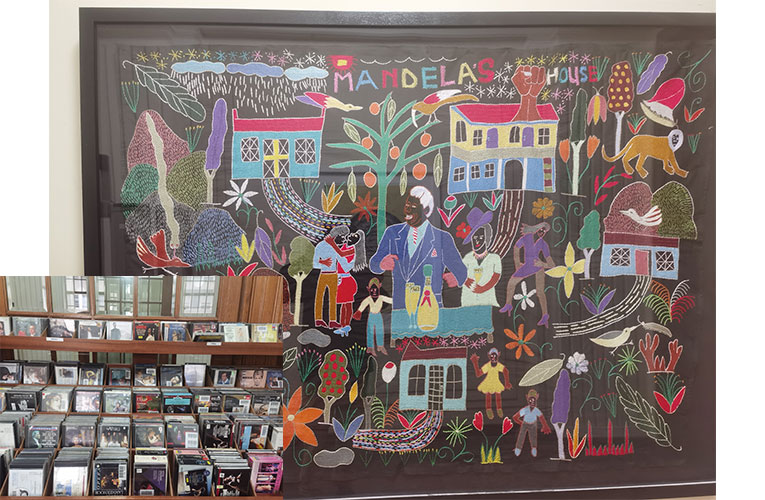
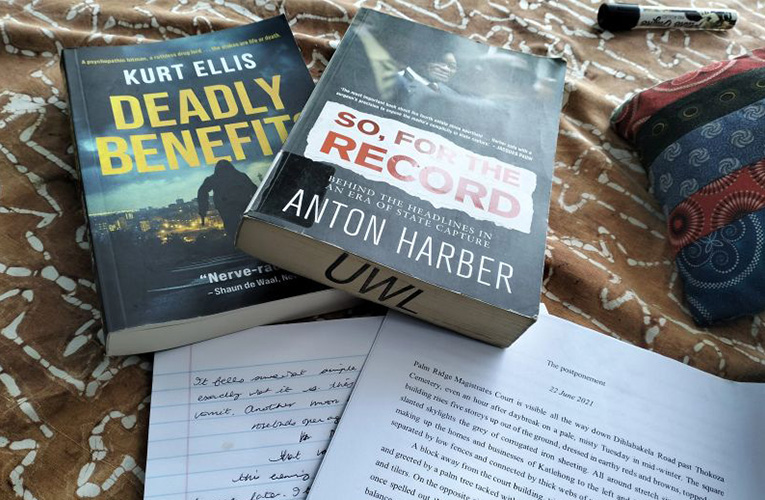
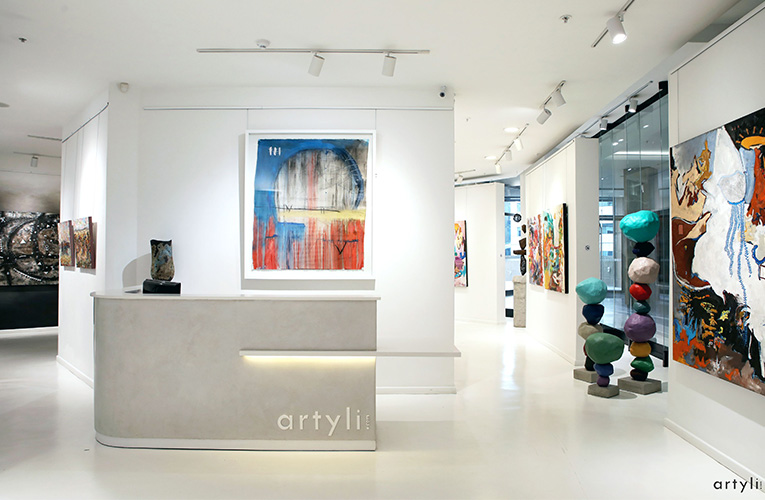
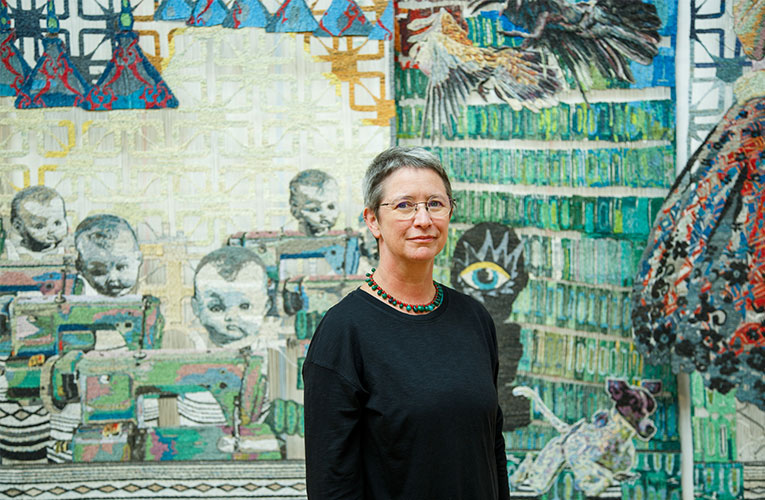




Gladys Aghullas is an amazing woman to work with and has so much passion for dance. Its exciting to hear about the Circle dance network. Its a amazing how the pandemic forced artist to explore different methods of interacting and with the world as creatives without having to meet physically. I am so blown away by this idea. Well done.